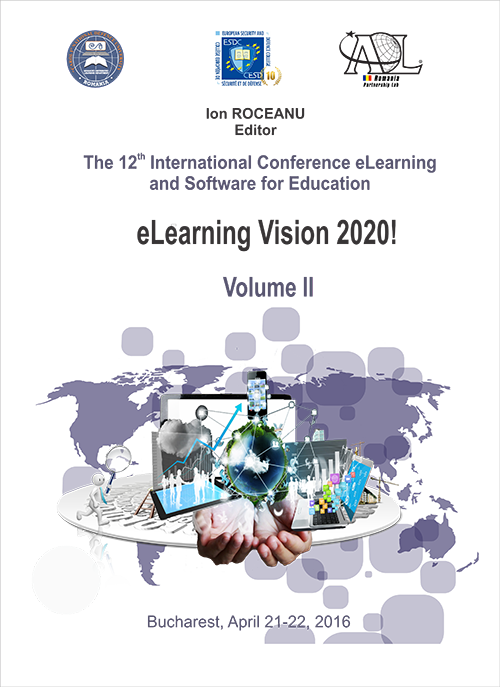eCLASSROOM TANDEM – DEVELOPING TANDEM AS A MODEL FOR SECOND LANGUAGE EDUCATION IN A SCHOOL CONTEXT
eCLASSROOM TANDEM – DEVELOPING TANDEM AS A MODEL FOR SECOND
LANGUAGE EDUCATION IN A SCHOOL CONTEXT
Author(s): Charolotta Engberg, Michaela Pörn, Katri KarjalainenSubject(s): Foreign languages learning, ICT Information and Communications Technologies, Sociology of Education
Published by: Carol I National Defence University Publishing House
Keywords: eClassroom tandem; tandem learning; second language education;
Summary/Abstract: The aim of the paper is to describe the challenges in developing Classroom tandem as a model for second language education for virtual learning environments in Finland. Finland is officially a bilingual country, where both the Finnish-speaking and the Swedish-speaking language groups are taught parallel in monolingual schools according to the law. However, both language groups learn the other second national language as a subject in school. Classroom tandem as an instruction model for second language education was introduced in Finland in 2012, based on tandem as a language learning model, meaning that two persons learn the languages of each other in reciprocal cooperation and thereby switch languages. The tandem partners act in turns as the learning part in their second language and as the model and support in their first language. (Karjalainen, Pörn, Rusk & Björkskog, 2013). Tandem is divided into face-to-face tandem and eTandem (Brammerts & Calvert, 2003; Kötter, 2002). Classroom tandem relies strongly on physical face-to-face meetings. However, these meetings are not possible to organize in all schools in Finland, due to the lack of closely located Finnish- and Swedish-speaking partner schools. Therefore, eClassroom tandem is now being developed in cooperation with language teachers as an applied virtual form of Classroom tandem. The challenge in developing eClassroom tandem mainly includes issues dealing with technology, task design and virtual cooperation between tandem partners. In order to increase the understanding of potentially existing virtual cooperation in all Swedish-speaking upper secondary schools in Finland with Finnish-speaking schools and schools abroad, a survey (based on interviews with 34 principals in 2015) was made. The results show that the most typical form of cooperation is however physical visits between schools, while extended virtual cooperation is rare. According to the principals’ view the cooperation is however not always pedagogically organized, and therefore there is a need to pedagogically develop the virtual cooperation practices for language education. One possible model for this cooperation is eClassroom tandem, which increase the opportunities for second language learning in authentic situations with students of the same age, even in strongly monolingual areas.
Journal: Conference proceedings of »eLearning and Software for Education« (eLSE)
- Issue Year: 12/2016
- Issue No: 02
- Page Range: 68-73
- Page Count: 6
- Language: English

